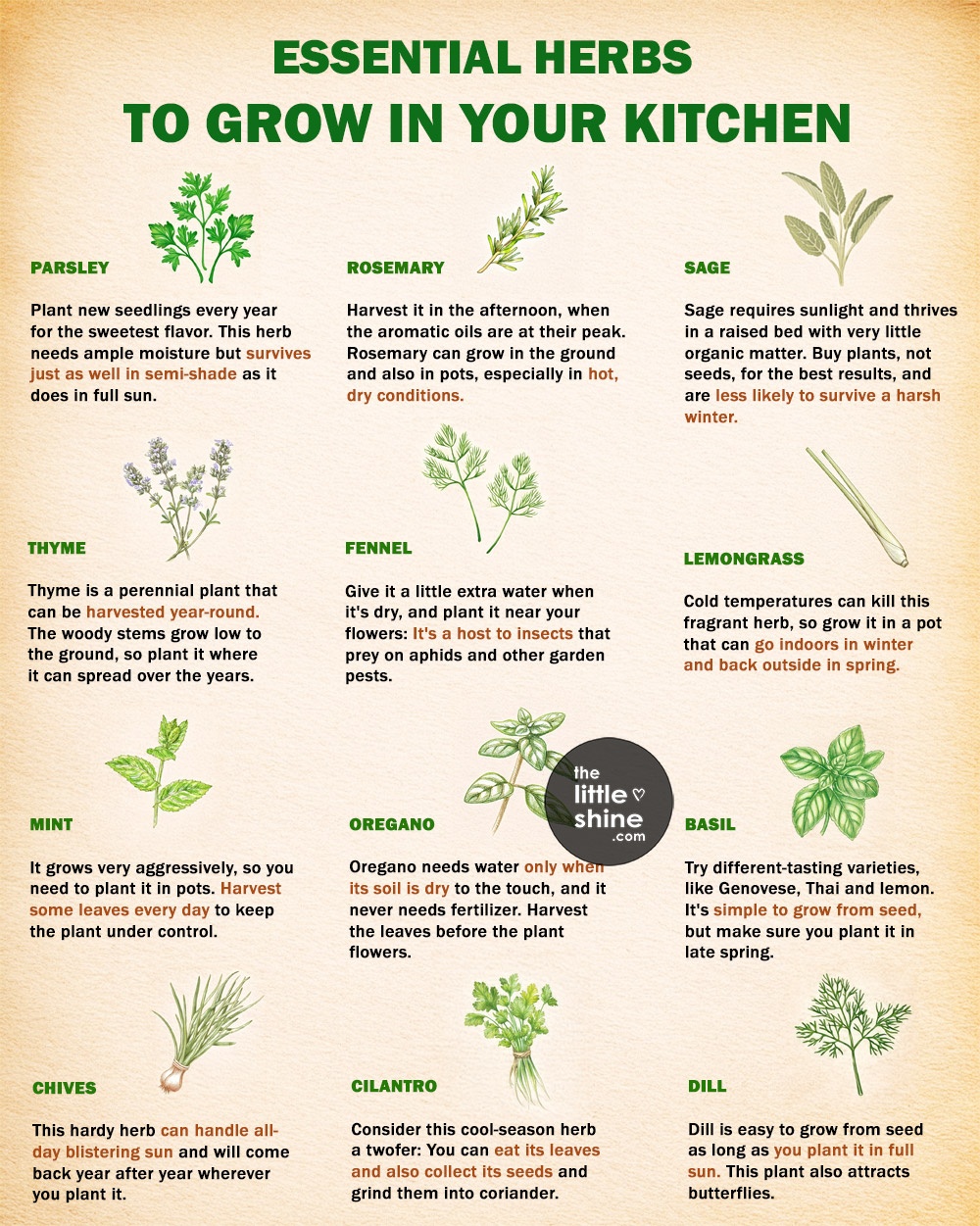If you’re someone with a big backyard (with a small vacant space) and loves gardening, then how about choose to make your own kitchen garden? Kitchen gardens are smaller-scale versions of larger vegetable gardens.

Having a kitchen garden will let you plant and grow your own vegetables, greens and herbs, with just a minimal effort every week.
Here is a month-wise guide to growing your own kitchen garden:
January
In January, start off with ordering seeds and lay out your irrigation. Harvest: You can harvest any greenhouse greens that you’ve planted.
February
During the month of February plant cool season crops like cabbage and collard greens, but indoors. You can alsoplant trees and shrubs. Harvest: You can harvest any greenhouse greens that you’ve planted.
March
In the month of March you can transplant brassicas, alliums, and artichokes, outdoors. Also, plant potato, lettuce, carrot, radish, beet and spinach. Harvest: Asparagus
April
For April you will need to check for pests and remove them with soaps or oil. Thereafter, plant summer crops indoors, like tomatoes, peppers, and okra. Harvest: Peas and strawberries
May
In May, check for pests and remove them. Also, transplant summer crops. Thereafter, in your garden, plant cucumber, melon, bean, and corn. Harvest: Lettuce and kale
June
For June, you can cover the bare soil with straw, or other mulch. This will help to conserve water. Make sure to monitor the moisture levels in the soil. Harvest: Pumpkin and garlic
July
In July, you can remove any overgrown weeds. Also, continue to monitor the soil moisture content in the soil. Harvest: Potatoes and carrots
August
For August, continue to check for pests and diseases in any of the plants. You can thereafter plant cool season crops, like plants in the cabbage family, lettuce and carrots. Harvest: Corn, tomatoes, and peppers
September
For September, plant garlic and cut back artichokes to prepare this perennial plant for winter. Harvest: Lettuce and pumpkin
October
In October, plant winter cover crops, like winter wheat, rye, oats, and oilseed radish. Cover crops contribute to soil and water conservation. Harvest: Lettuce and kale
November
For November, keep in mind the growing season and select next year’s crops. Also, rotate crops to keep the soil healthy and reduce pests and diseases. Harvest: Carrots and cabbage
December
In December, prune fruit and nut trees to encourage new growth. Harvest: Greenhouse lettuce and wheatgrass
Root Crops You Can Grown in Your Kitchen Garden: Potatoes, radish, carrots, beetroots
Vegetables You Can Grown in Your Kitchen Garden: Tomatoes, cucumbers, peppers, sugar snap peas, bush beans
Leafy Greens You Can Grown in Your Kitchen Garden: Spinach, Swiss chard, arugula, kale, lettuce
Herbs You Can Grown in Your Kitchen Garden: Oregano, mint, thyme, basil, chives, cilantro, rosemary
Tips for Growing Your Kitchen Garden
- Water your garden at the right time – You can water your plants either early in the morning or late in the evening. This will prevent water loss, due to evaporation.
- Use a small area to grow your plants – Even if you have a small vacant space in your backyard, balcony, patio, rooftop, wherever, you can still use it to grow your kitchen garden plants.
- Think about the seasons – Plant your plants according to the season (check out our guide below).
- Avoid overcrowding – Your planting area when planting your seedlings as overcrowding can reduce the yield.
- Use the space appropriately – Some plant need vertical space, some need horizontal space, so plant them accordingly. Always consider height and breadth of pots, garden spaces etc.
- Always go organic – Make sure to avoid spraying your plants with pesticides as you’re going to be consuming the plants for food and in the meantime also ingest the pesticides. Choose non-toxic compounds to remove any pests infecting your kitchen garden plants.
